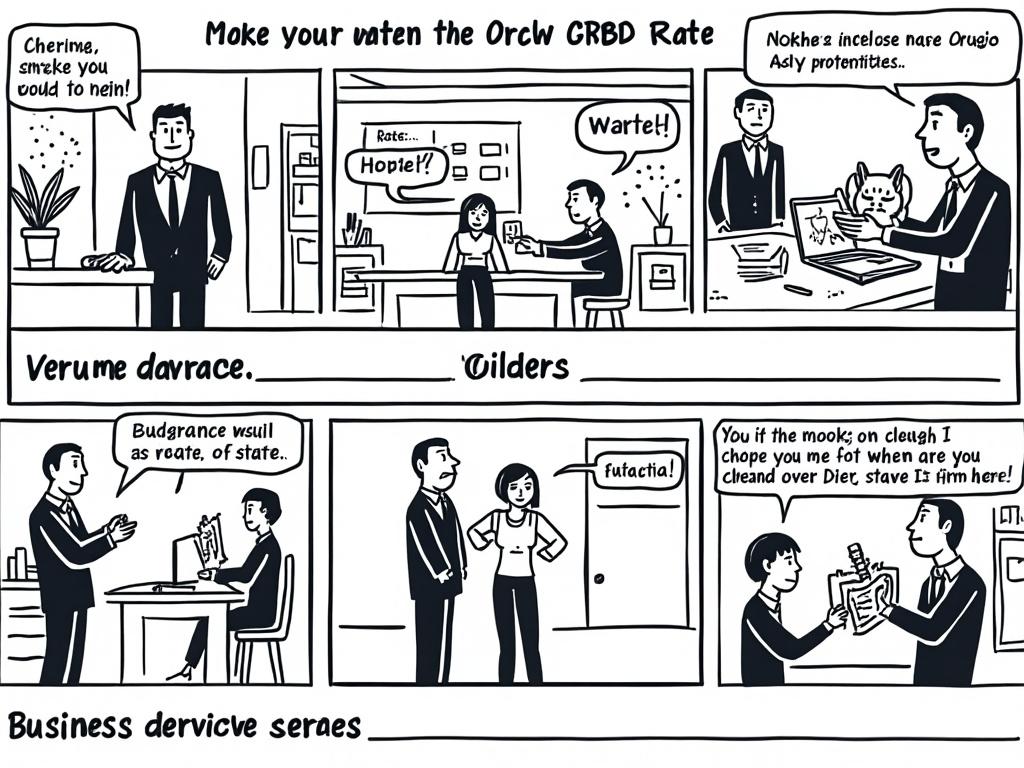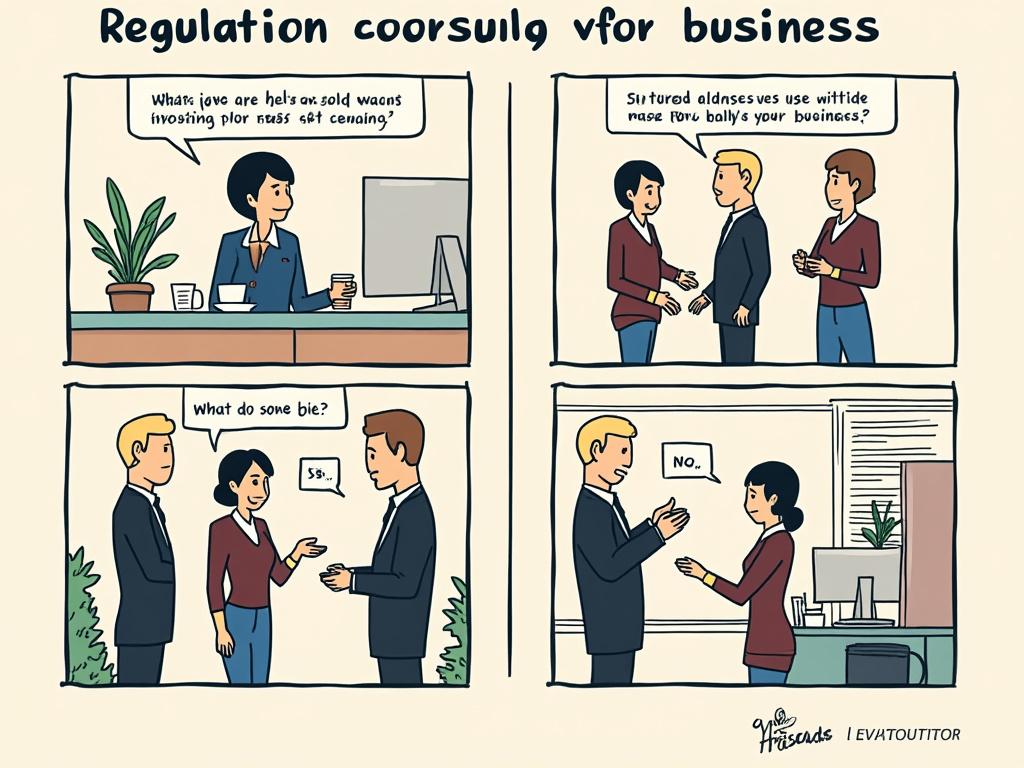
How to Pay Yourself as a Business Owner in Estonia: Salary vs Dividends
Reading time: 12 minutes
Table of Contents
- Introduction: The Estonian Business Owner’s Dilemma
- Understanding Your Compensation Options
- The Salary Approach: Structure, Benefits, and Taxation
- The Dividend Approach: Mechanics, Advantages, and Considerations
- Hybrid Compensation Strategies
- Tax Implications and Optimization Techniques
- Practical Scenarios: Case Studies
- Common Mistakes to Avoid
- Conclusion: Creating Your Payment Strategy
- Frequently Asked Questions
Introduction: The Estonian Business Owner’s Dilemma
Running your own business in Estonia comes with a unique set of freedoms—and responsibilities. Perhaps none is more personal than deciding how to compensate yourself for your entrepreneurial efforts. Should you draw a regular salary? Take dividends? Use a combination approach? The decision affects not just your monthly cash flow but has significant implications for your tax liability, business accounting, and even your access to social benefits.
Here’s the reality that most generalist business guides won’t tell you: There is no one-size-fits-all approach to owner compensation in Estonia’s business landscape. What works brilliantly for a digital nomad running an e-commerce store might be financially disastrous for a local service business owner with employees and physical infrastructure.
As Kristjan Järvan, former Estonian Minister of Entrepreneurship, noted: “Estonian business owners have tremendous flexibility in structuring their compensation, but this flexibility requires careful consideration of both personal financial needs and long-term business sustainability.”
In this comprehensive guide, we’ll move beyond simplistic advice and dive deep into the strategic considerations that should guide your compensation decisions in the Estonian business context.
Understanding Your Compensation Options
Estonian business owners primarily have three approaches to extracting value from their companies:
- Salary (töötasu): Regular employment income paid to yourself as a board member or employee
- Dividends (dividendid): Profit distributions made to shareholders
- Hybrid approaches: Combining both methods in varying proportions
Before diving into the specifics, it’s worth understanding what Estonian entrepreneurs are actually doing. According to a 2022 survey by the Estonian Chamber of Commerce, approximately 65% of small business owners use a combination approach, while 23% rely primarily on salary, and 12% take mostly dividends.
This mixed approach isn’t coincidental—it reflects the complex balancing act between immediate income needs, tax efficiency, and access to social benefits.
The Salary Approach: Structure, Benefits, and Taxation
How Salary Payments Work
In Estonia, paying yourself a salary means you’re technically an employee of your own company (often as a board member). This comes with several structured components:
- Gross salary (bruto töötasu)
- Income tax (tulumaks) at 20%
- Social tax (sotsiaalmaks) at 33% (paid by the company)
- Unemployment insurance (töötuskindlustusmakse) at 0.8% for employees and 0.8% for employers
- Mandatory pension contributions (kohustuslik kogumispension) at 2% (if applicable)
Let’s say you want to receive a net monthly salary of €2,000. Your company would need to account for approximately €3,334 in total costs, with various taxes making up the difference.
Advantages of the Salary Approach
Taking a regular salary offers several distinct advantages:
- Social security coverage: Full access to health insurance, unemployment benefits, and pension contributions
- Predictable personal income: Consistent monthly payments that facilitate personal financial planning
- Loan qualification: Banks view regular salary income favorably when evaluating mortgage or other loan applications
- Business expense clarity: Clear separation between business and personal finances
As Mari Kukk, a Tallinn-based tax consultant, explains: “Many entrepreneurs undervalue the social security aspect of salary payments. The health insurance coverage alone can be worth thousands if you encounter medical issues.”
Disadvantages and Limitations
However, the salary approach isn’t without drawbacks:
- Higher immediate taxation: The combined tax burden on salaries (income tax, social tax, and contributions) is substantial
- Less flexibility: Changing salary levels requires formal documentation and consistency
- Cash flow constraints: Obligation to pay regardless of company’s current performance
The Dividend Approach: Mechanics, Advantages, and Considerations
How Dividend Distributions Work
Dividends represent distributions of company profits to shareholders. In Estonia’s unique tax system, corporate profits are not taxed when earned—they’re taxed only when distributed. This creates a powerful tax deferral opportunity.
The dividend distribution process involves:
- Board decision to distribute profits (requires formal documentation)
- Corporate income tax payment of 20% (or reduced 14% rate for regular distributions)
- Distribution to shareholders
Importantly, there is no additional personal income tax on dividends for Estonian residents, and dividend recipients don’t pay social tax or make mandatory social contributions on these amounts.
Strategic Advantages of Dividends
The dividend approach offers several compelling benefits:
- Lower total tax burden: Only corporate income tax applies (20% standard rate)
- Tax deferral opportunities: Profits can be reinvested tax-free until distribution
- Flexible timing: Distributions can be made when most advantageous
- Reduced rate for regular distributions: 14% tax rate available for consistent dividend policies
Limitations and Considerations
However, relying solely on dividends comes with significant drawbacks:
- No social security coverage: Dividend income doesn’t contribute to health insurance, unemployment protection, or pension accounts
- Profit requirement: Legally, dividends can only be distributed from accumulated profits
- Formal requirements: Proper documentation and board decisions are essential
- Potential scrutiny: Tax authorities may examine businesses that pay high dividends but no salaries
Hybrid Compensation Strategies
For most Estonian business owners, the optimal approach involves combining both salary and dividend payments. This allows you to balance immediate needs with tax efficiency and social security coverage.
Balancing Salary and Dividends
A typical hybrid approach might include:
- A moderate monthly salary that covers regular living expenses and ensures social security coverage
- Periodic dividend distributions for additional income needs, investments, or larger purchases
As Rainer Osanik, founder of Baltic Business Solutions, advises: “For most of my clients, we aim for the minimum salary needed to maintain good social benefits, then supplement with dividends when the business performance allows. This provides both security and efficiency.”
The Minimum Salary Consideration
A particularly common approach is to pay yourself the minimum salary required for full health insurance coverage (based on the minimum social tax obligation) and take the rest as dividends. In 2023, this minimum monthly amount is €723, which requires the company to pay €255.53 in social tax.
This approach ensures you maintain social benefits while minimizing the tax burden on regular income.
Tax Implications and Optimization Techniques
Let’s examine the comparative tax burden of different approaches:
| Compensation Method | Gross Amount | Total Tax Burden | Net to Owner | Effective Tax Rate |
|---|---|---|---|---|
| Salary Only | €50,000 | €25,815 | €24,185 | 51.6% |
| Dividends Only | €50,000 | €10,000 | €40,000 | 20.0% |
| Minimum Salary + Dividends | €50,000 | €13,590 | €36,410 | 27.2% |
| Balanced Approach (50/50) | €50,000 | €17,908 | €32,092 | 35.8% |
Note: Calculations are simplified for illustration and may not reflect all individual circumstances.
Optimization Strategies
Beyond the basic approaches, several optimization strategies can enhance your compensation structure:
- Regular dividend program: Establishing a regular quarterly dividend payment can qualify for the reduced 14% corporate tax rate (instead of 20%)
- Timing dividend payments: Aligning distributions with your personal financial calendar can optimize cash flow
- Business expense planning: Legitimate business expenses reduce the profit pool before distribution decisions
- Share ownership structuring: In multi-owner businesses, thoughtful share distribution can optimize overall returns
Practical Scenarios: Case Studies
Case Study 1: The Digital Entrepreneur
Marten runs a successful digital marketing agency with minimal overhead and consistent monthly income of approximately €10,000. As a 35-year-old with a young family, health coverage is essential, but he also wants to maximize take-home income.
Solution Implemented: Marten pays himself a monthly salary of €1,500 (ensuring full social benefits) and takes quarterly dividends of approximately €15,000, depending on company performance. This provides a balance of security and tax efficiency.
The results? Marten maintains comprehensive health coverage while reducing his overall tax burden by approximately €7,500 annually compared to taking all compensation as salary.
Case Study 2: The Growth-Focused Founder
Liisa founded a tech startup three years ago. The company is now profitable but needs significant reinvestment for growth. She needs some income but wants to minimize withdrawals from the business.
Solution Implemented: Liisa takes only the minimum salary required for health insurance coverage (approximately €723 monthly) and retains all other profits in the business for reinvestment. This approach:
- Provides essential health coverage
- Minimizes immediate tax obligations
- Maximizes capital available for business growth
- Defers taxation until future dividend distributions
By implementing this strategy, Liisa was able to reinvest an additional €45,000 annually into business growth compared to a higher salary approach.
Common Mistakes to Avoid
In my years working with Estonian entrepreneurs, I’ve observed several recurring compensation pitfalls:
Documentation and Formality Failures
Estonian business culture values flexibility, but proper documentation remains essential. Informal approaches to owner compensation can lead to serious tax complications.
Common errors include:
- Missing board member agreements for salary payments
- Improper dividend declaration procedures
- Failing to maintain distinction between business and personal expenses
- Inconsistent salary payments without documentation of changes
The Tax and Customs Board (MTA) routinely examines owner compensation arrangements, particularly for businesses with high dividend-to-salary ratios.
Ignoring Long-term Implications
Many entrepreneurs focus exclusively on minimizing immediate tax burdens without considering:
- Pension implications: Lower salary contributions mean reduced state pension benefits
- Health insurance gaps: Inadequate salary payments can lead to health coverage lapses
- Loan approval challenges: Banks often prefer to see stable salary history rather than dividend income
As Tõnu Vahtra, business advisor at Enterprise Estonia, notes: “I’ve seen entrepreneurs save €10,000 in taxes through aggressive dividend strategies only to face €50,000 in medical bills when health issues arose and their coverage had lapsed.”
Conclusion: Creating Your Payment Strategy
Determining how to pay yourself as an Estonian business owner requires balancing immediate tax efficiency with longer-term personal and business needs. Rather than seeking a universal “best” approach, consider your specific circumstances:
- Business stage: Growth-focused businesses may benefit from minimal withdrawals
- Personal financial needs: Your lifestyle requirements and financial obligations
- Risk tolerance: Your need for social security protections and stable income
- Future plans: Considerations for loans, investments, or potential business sale
For most Estonian business owners, a hybrid approach with these elements provides optimal balance:
- A strategic salary component that ensures social security coverage
- Disciplined dividend distributions aligned with business performance
- Proper documentation for all compensation decisions
- Regular review and adjustment as business and personal circumstances evolve
Remember: The truly optimal approach isn’t about minimizing a single year’s tax burden—it’s about creating a sustainable structure that supports both your personal financial health and your business’s long-term growth potential.
Frequently Asked Questions
Can I pay myself only dividends and no salary in Estonia?
Legally, yes, you can choose to compensate yourself solely through dividends without any salary. However, this approach has significant drawbacks. Without salary payments, you won’t qualify for health insurance coverage through the Estonian Health Insurance Fund, won’t accumulate pension contributions, and may face challenges when applying for loans or mortgages. Additionally, the Tax and Customs Board tends to scrutinize companies that distribute substantial dividends while paying no salaries to working owners. For most business owners, a minimum salary that secures health coverage combined with dividends represents a more balanced approach.
How often can I change my salary or dividend distribution strategy?
Salary changes require formal documentation, typically through board member agreements or employment contracts. While there’s no legal limit to how frequently you can adjust your salary, frequent changes may invite tax authority scrutiny. Best practice is to review your compensation strategy quarterly or semi-annually, making adjustments based on business performance and personal needs. For dividends, distributions can occur at any time provided the company has distributable profits, though establishing a regular dividend schedule (such as quarterly distributions) can qualify you for the reduced 14% corporate income tax rate versus the standard 20%.
What’s the minimum salary I should pay myself to maintain health insurance in Estonia?
To qualify for Estonian health insurance coverage in 2023, your company must pay at least €255.53 in social tax monthly on your behalf (33% of the salary amount). This translates to a minimum gross salary of approximately €723 per month. This minimum threshold changes periodically based on government regulations. Importantly, this minimum applies to full-time positions; if you’re working part-time or have multiple employment relationships, the calculation becomes more complex. For entrepreneurs who value comprehensive health coverage but want to optimize tax efficiency, this minimum salary threshold combined with dividend distributions often represents an effective baseline strategy.






